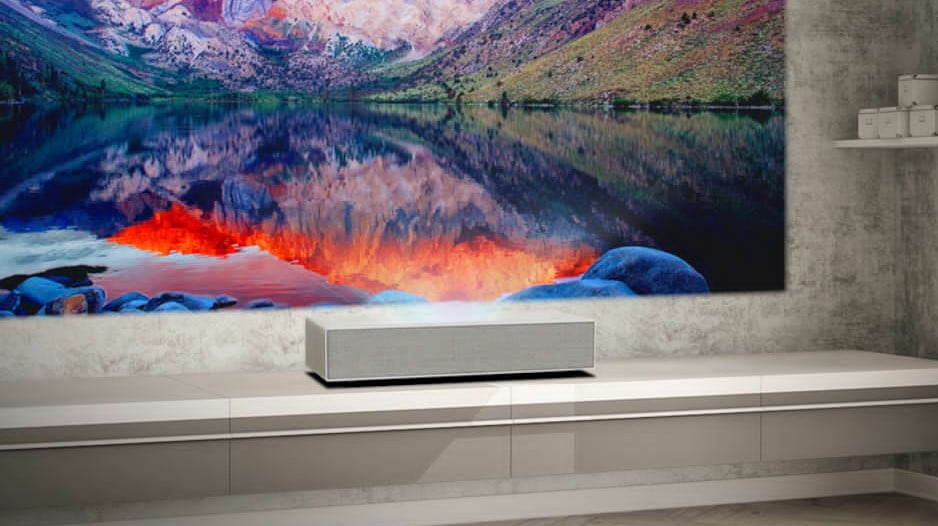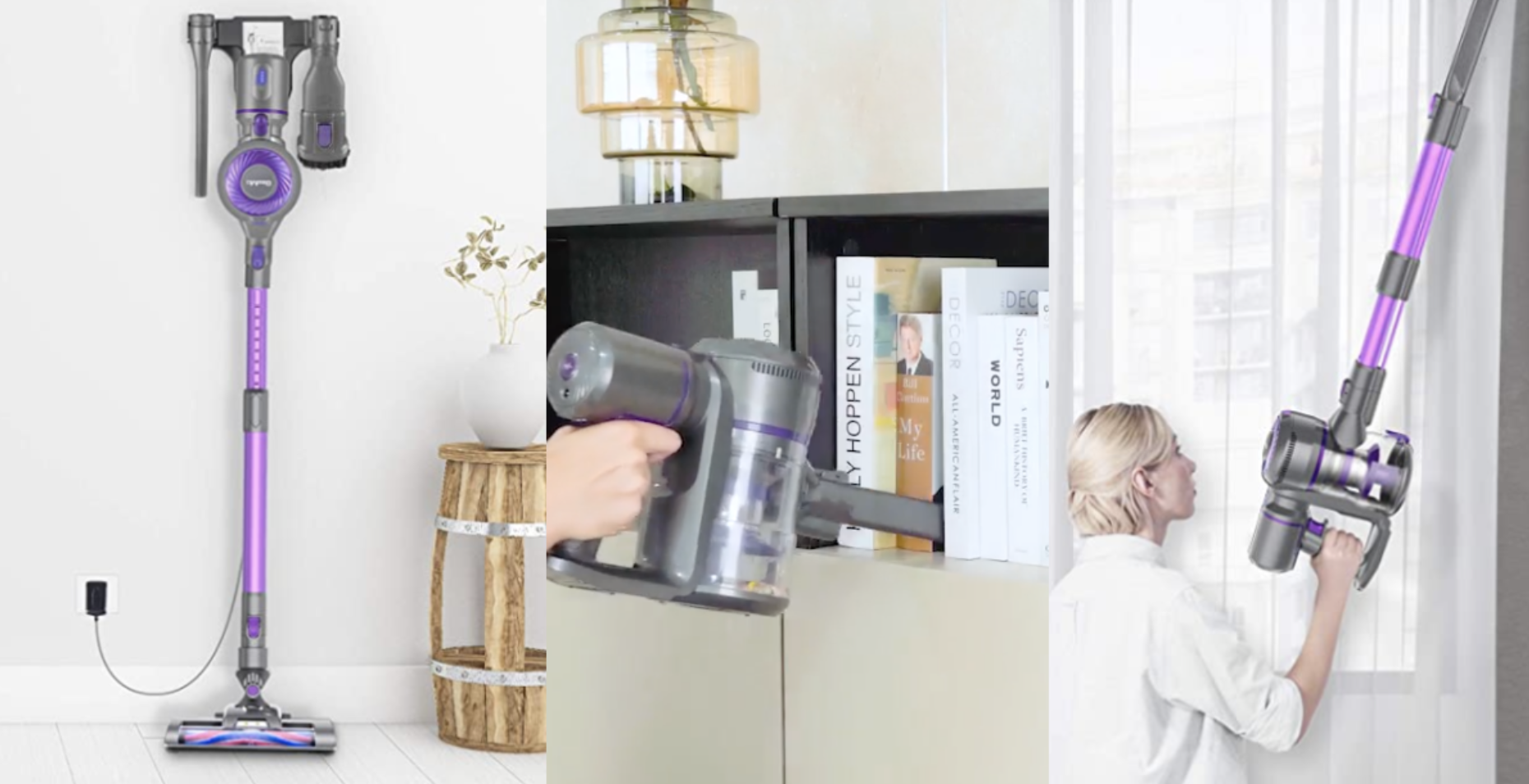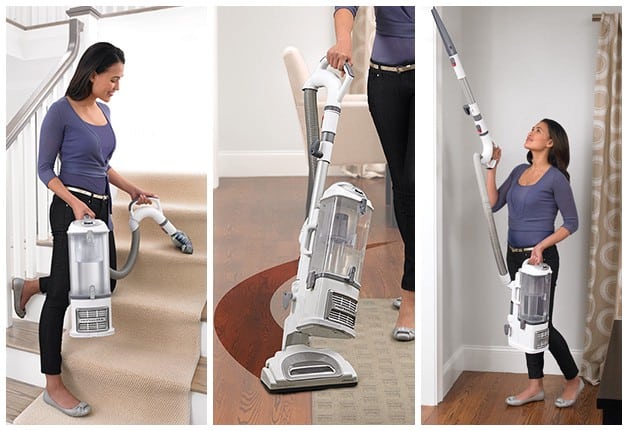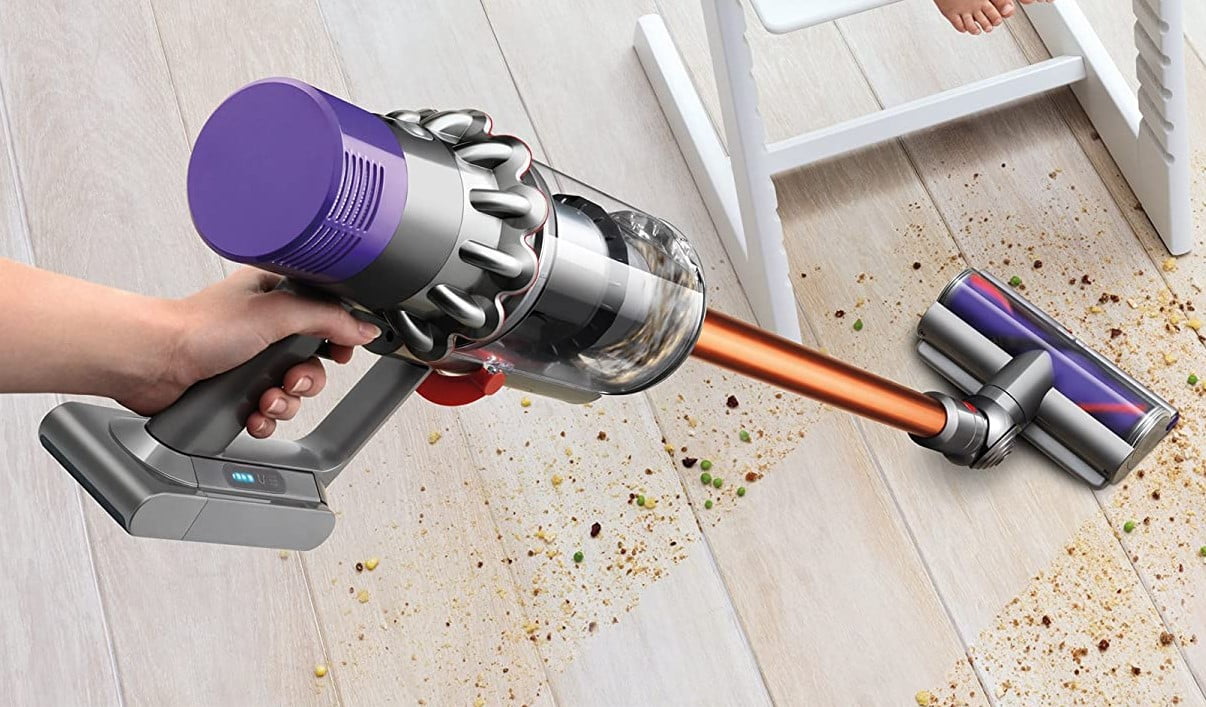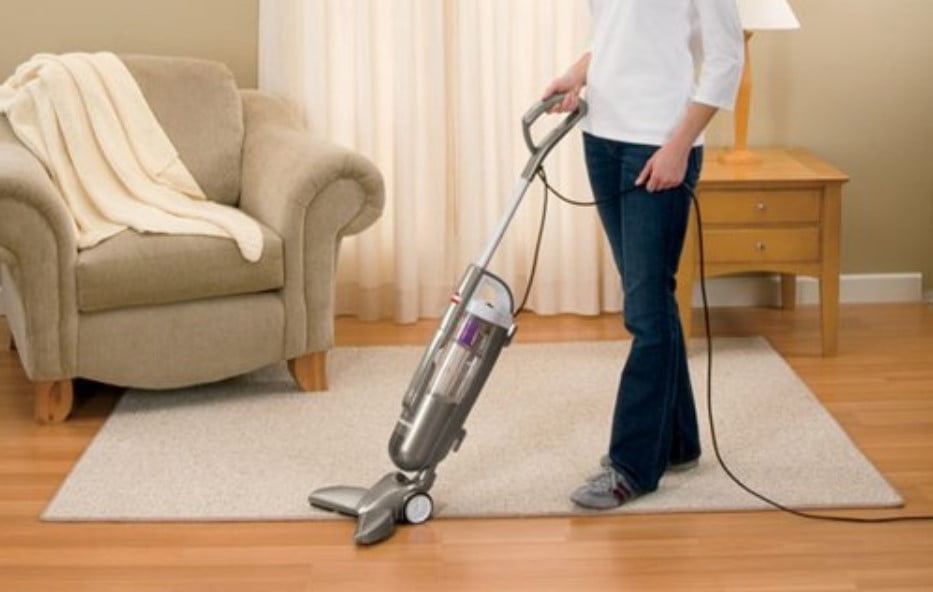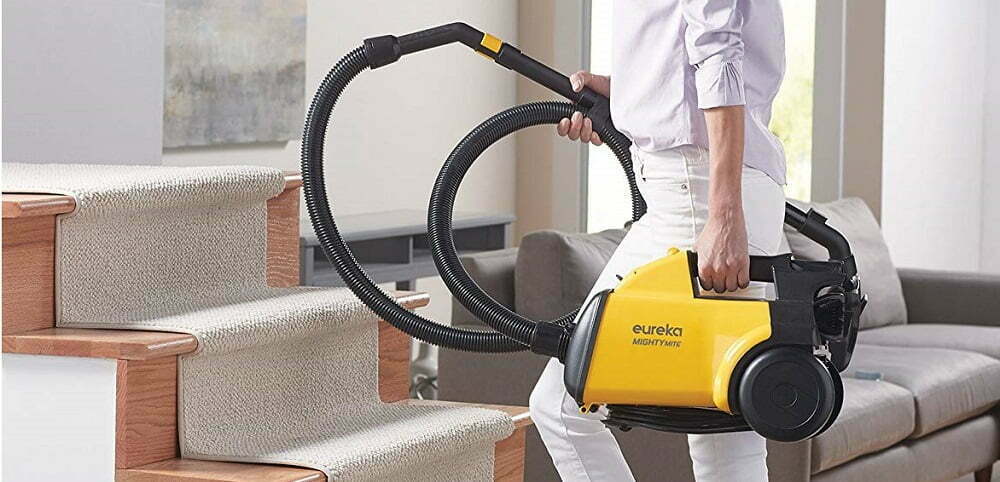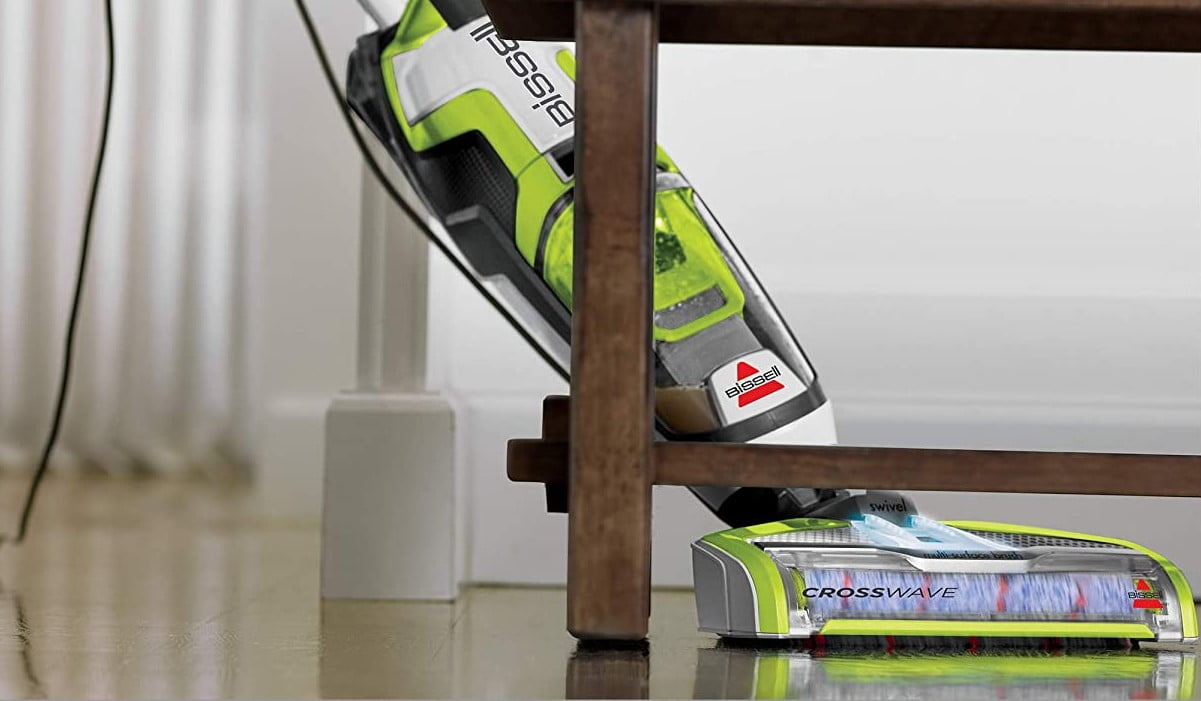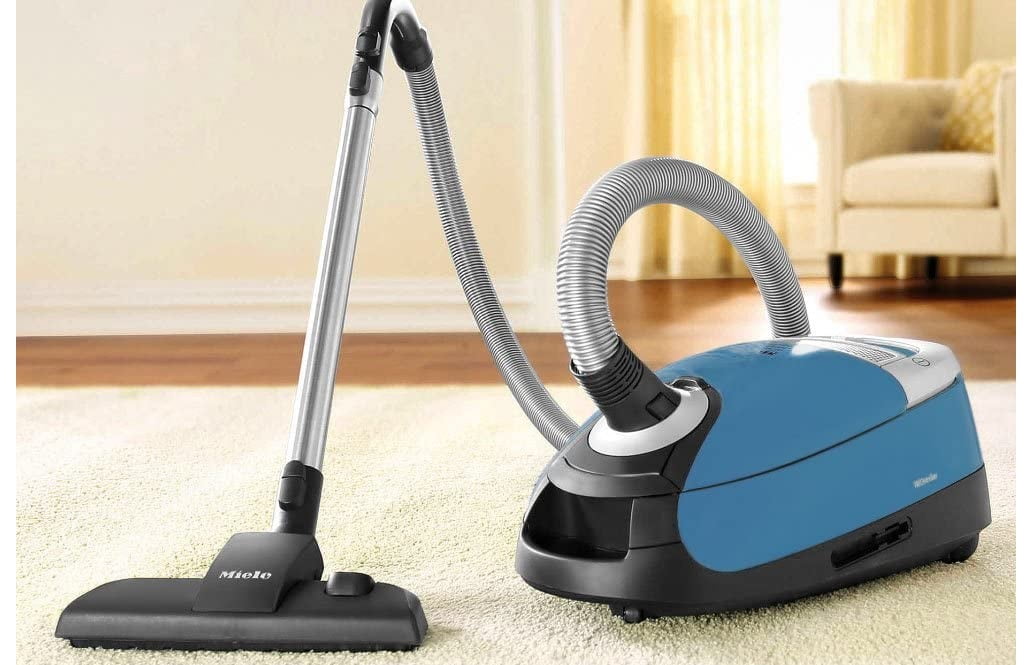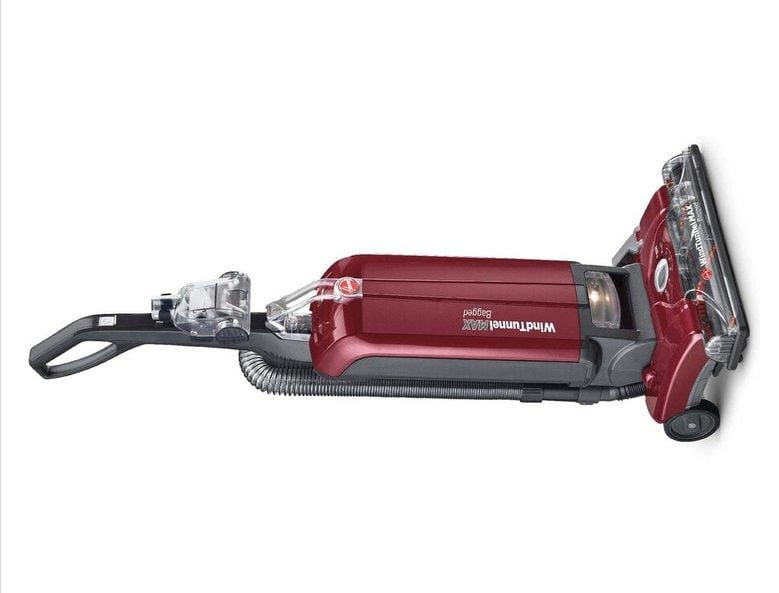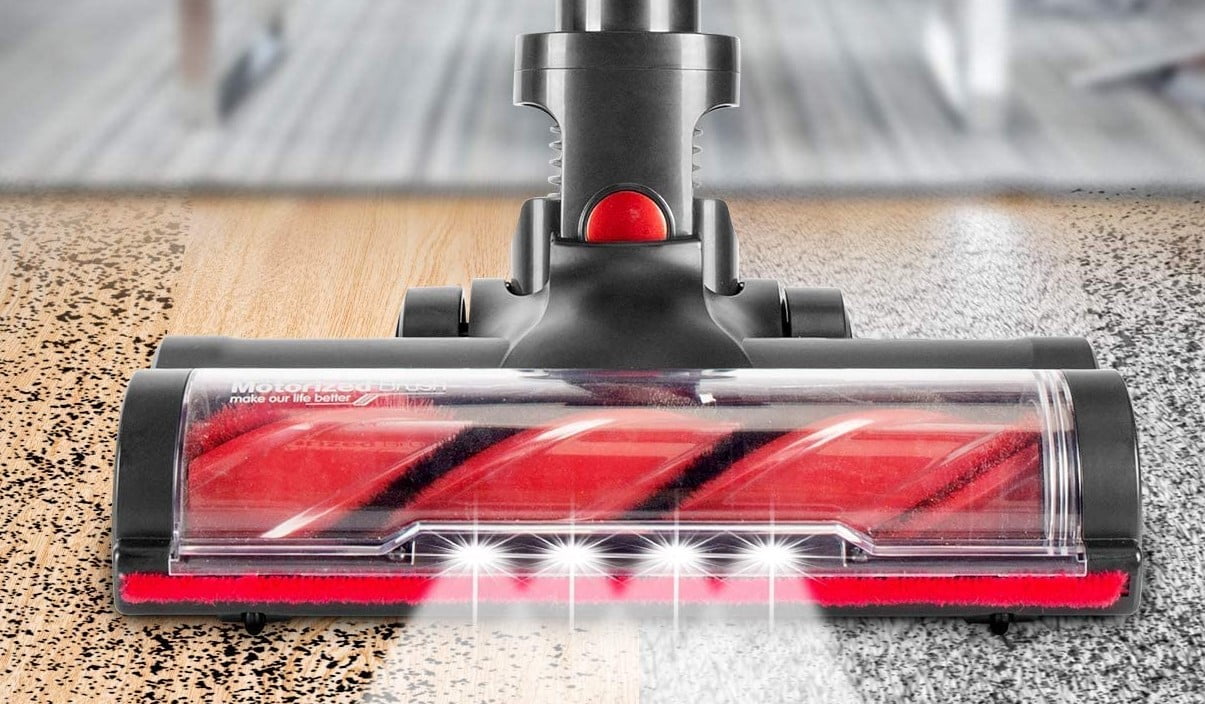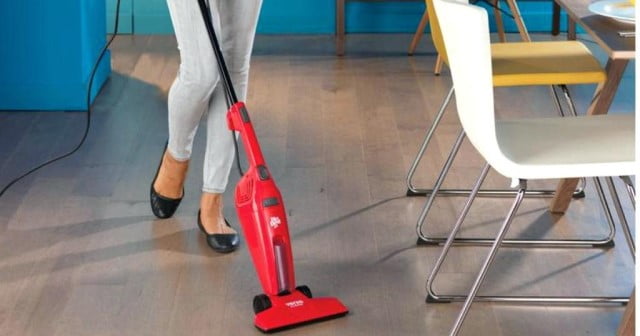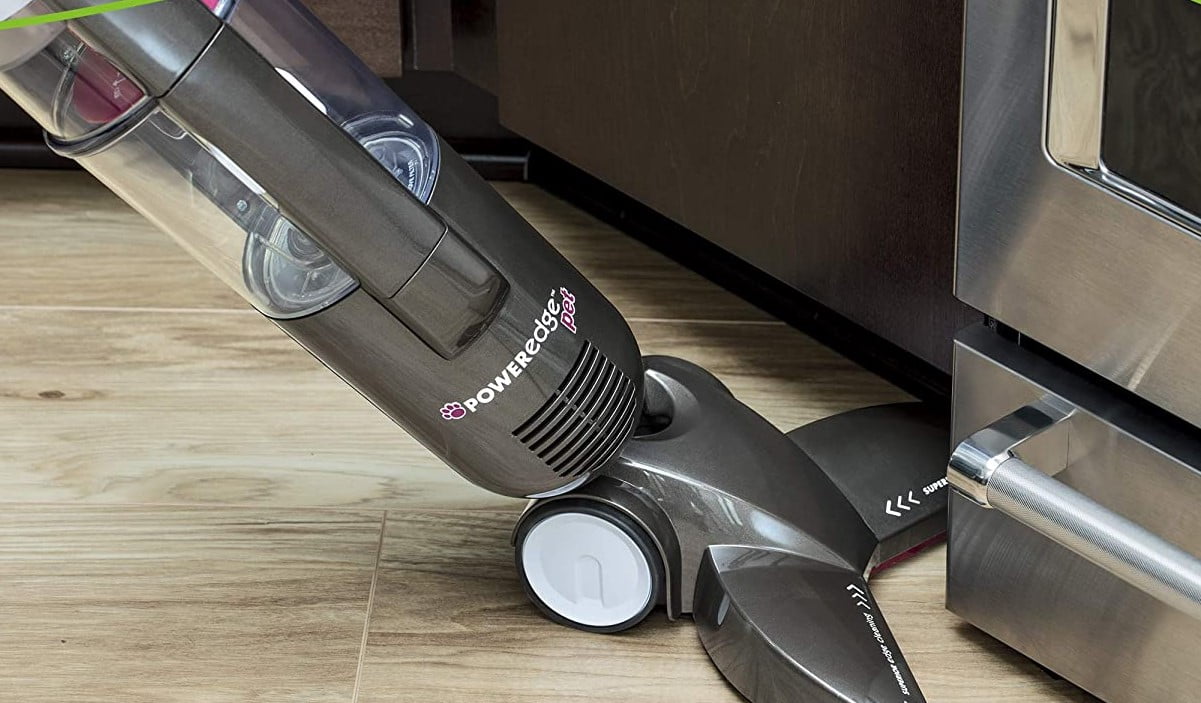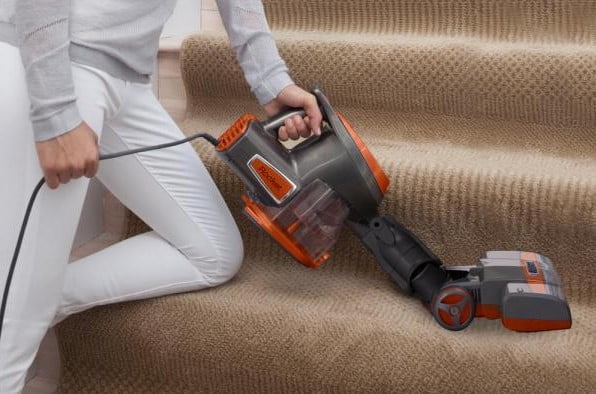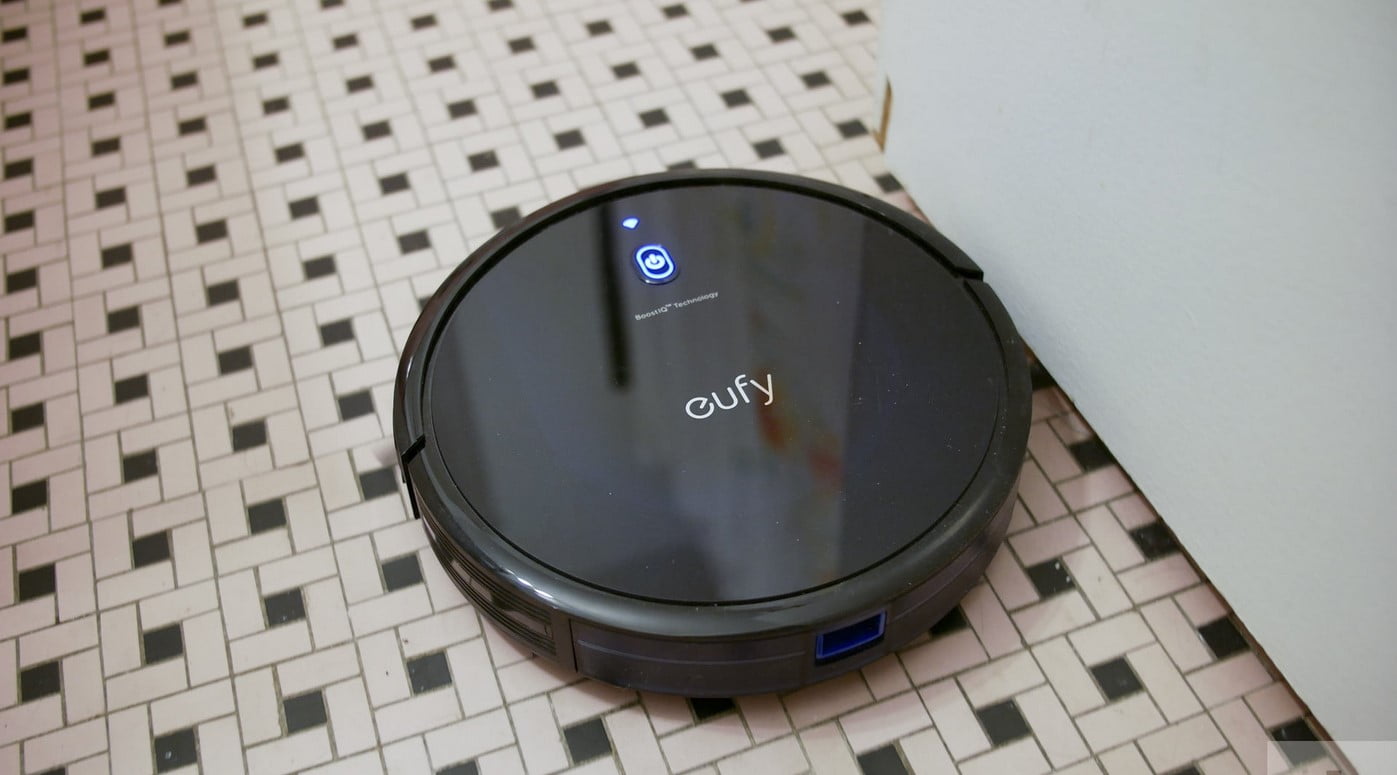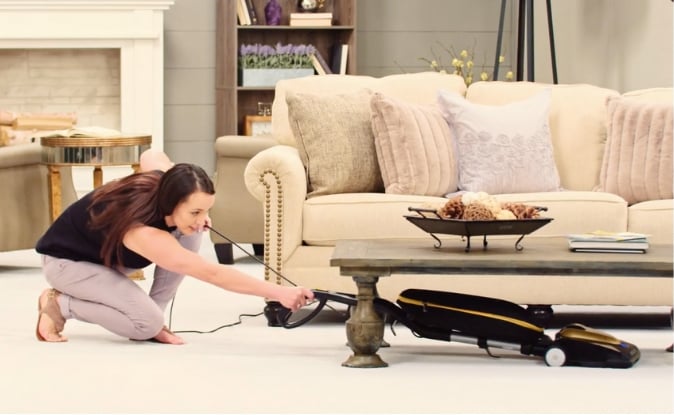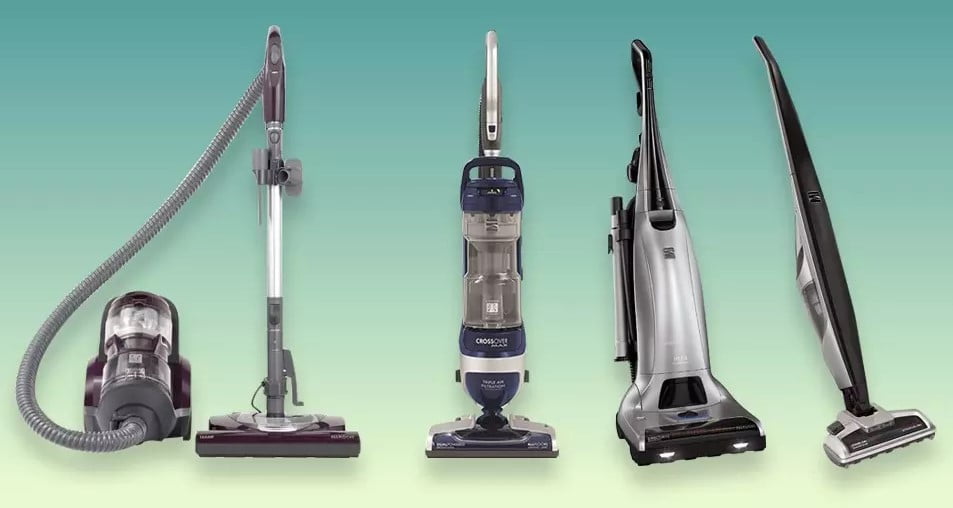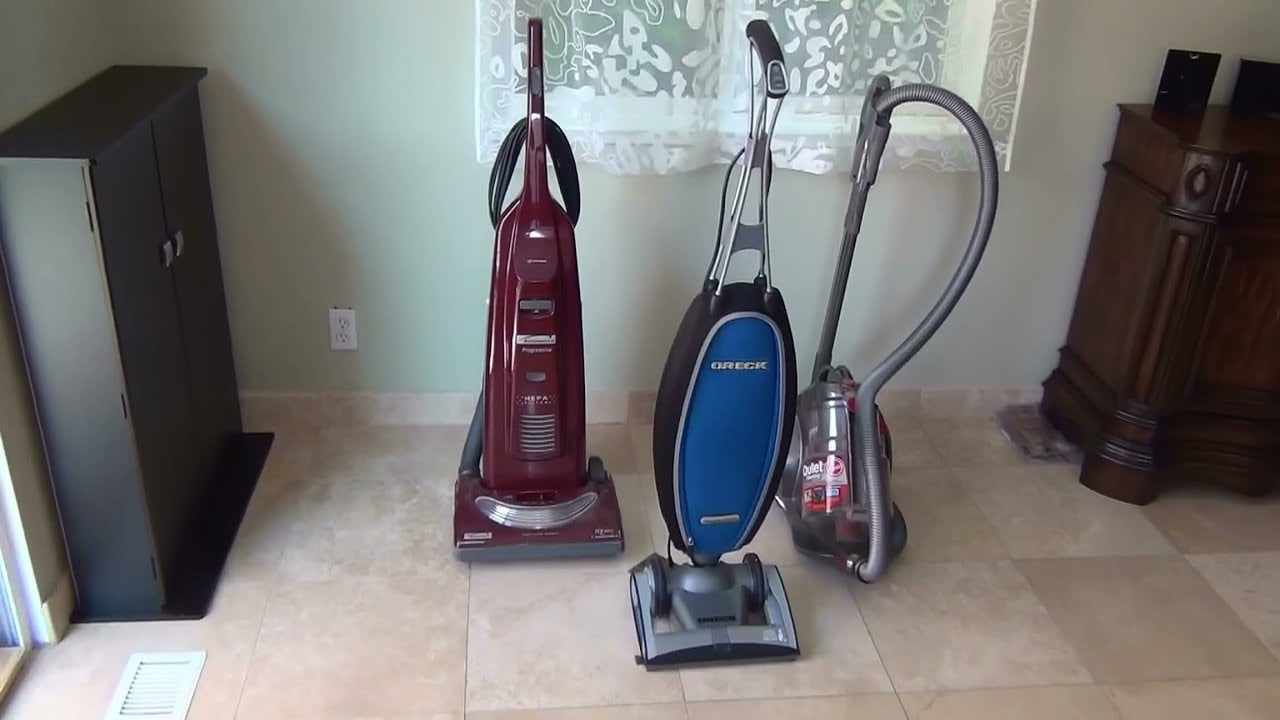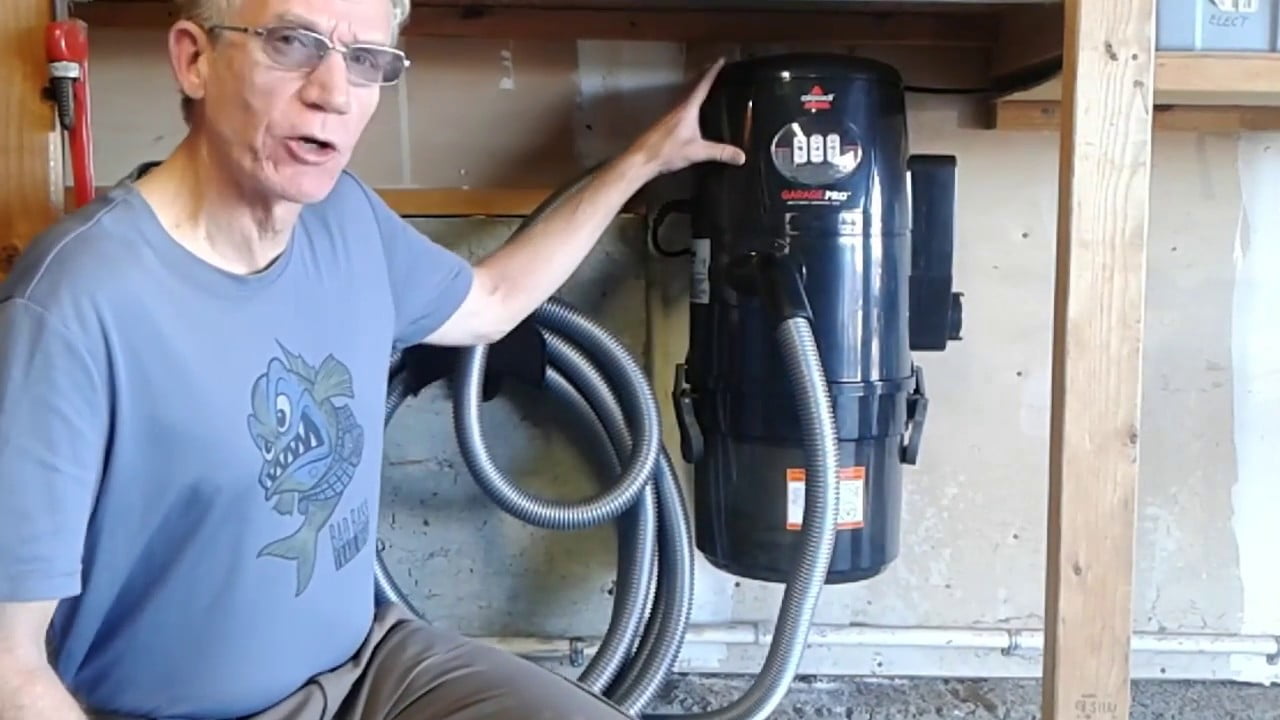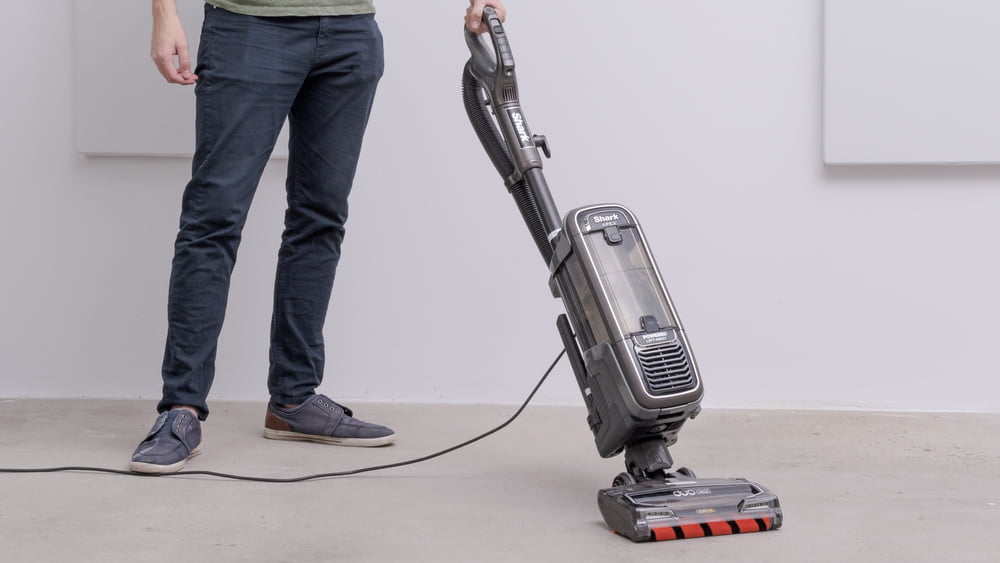Have you ever wondered, “How does the vacuum cleaner work?” to yourself? These household appliances are common, and most people use them for both daily cleaning and occasional deep cleaning. There are several types of vacuum cleaners to choose from, but they’re almost all powered by the same mechanisms. Yes, that includes the best vacuum cleaner. You know how to operate it for daily cleaning, but what powers it? Today we’ll go over precisely that.
KEY TAKEAWAYS:
- Vacuum cleaners work by using negative pressure generated by an electric motor powering spinning fans.
- Sucking through a straw is an excellent example of how negative pressure works since you’re causing a pressure drop between the bottom and top of the straw, which is how negative pressure forms.
- The electric motors and fans create this difference in pressure using suction power so that you don’t have to do it manually.
Exploring How A Vacuum Cleaner Operates
While the physics behind vacuum cleaners may seem complicated, it comes down to a handful of different functions. Modern versions use a system with blades similar to how plane propellers work, which we’ll go over below. We’ll start with the physics behind vacuum cleaners and then move into how the mechanical parts work. For more tips on how specific household vacuums work, check out our guide to how pool vacuums work.
Insider Tip
A camera’s shutter is a device that allows light to pass through the camera’s lens for a pre-determined period of time.
The Physics Behind Vacuum Cleaners
So, how does a vacuum cleaner work? How long do vacuum cleaners last, how does a robot vacuum work, and do robot vacuums last longer? Most of us aren’t physicists. The mere mention of math is enough to make most folks shudder. Luckily, understanding how vacuum cleaners work isn’t all that difficult. It relies on simple systems that have worked for years after their discovery in the early 20th century. We’ll go over negative pressure and how it works below to give you a solid base before moving into electric power.
What is Negative Pressure?
Simply put, negative pressure means that the air pressure in one place is lower than the air pressure around or outside of it. Nature likes things to be equal when it comes to pressure, so air will flood in to try and equalize the pressure.
How Does Negative Pressure Work?
Air pressure likes to be stable. When you suck on a straw, liquid rushes in to fill the “negative” space to even out the pressure. The same idea is easily applied to explain how vacuum cleaners work. Negative pressure creates a “vacuum,” which creates a zone of suction that pulls in outside air. This is the basic idea behind how vacuum cleaners work.
Explaining Electric Motors and Parts
The second part of the equation is understanding briefly how electric motors come into play in conventional vacuums. In the old days,
Insider Tip
A shutter works by opening and closing at pre-determined intervals, allowing enough light in to create digital images.
The Parts of a Vacuum Cleaner
Vacuum cleaners are only made up of a few main components. They aren’t nearly as complicated as they may seem! The main parts of a vacuum are as follows:
- Angled Fans
- A Porous Bag
- An Exhaust Port
- An Intake Port
- An Electric Motor
- A Housing Unit
How the Motor Works
Electric power operates the motors of conventional vacuums, turning the fans which comprise angled blades. Air is forced forward by these angled blades toward the exhaust port, emptying the chamber of air. This creates a vacuum that sucks in the air by decreasing air pressure at the unit’s mouth. Conventional vacuum
F.A.Q.
Why are they called “vacuum” cleaners?
They are called vacuum cleaners because of their suction to pull in dirt, dust particles, and other undesirable materials. The same physics that powers them is what gave vacuum cleaners their name.
Are vacuum cleaners bad for your health?
No, but some vacuums are better for health conditions than others. Those with asthma or allergies, for example, should consider buying a bagged vacuum. Some bagless vacuum cleaners may shoot dirt and dust back into the air.
Where and when did central vacuum systems become popular?
Central vacuum systems first began in the mid-to-late 19th century. Increasingly popular portable vacuums started replacing them in the mid-1900s. Eventually, central vacuum systems started to become a popular choice as we entered the middle of the 20th century.
How does a whole house vacuum work?
While far less common than handheld vacuum cleaners or upright models, a whole house vacuum system uses a system of hoses pulled from designated outlets throughout the house. The particles sucked up by these hoses are funneled down into a canister in the basement.
STAT: In some tests, vacuuming is shown to have destroyed up to 96% of adult fleas and 100% of young fleas. (source)
REFERENCES:
- https://cosmosmagazine.com/technology/how-do-vacuum-cleaners-work/#:~:text=Vacuum%20cleaners%20uses%20an%20electric,to%20create%20the%20negative%20pressure
- https://home.howstuffworks.com/vacuum-cleaner.htm
- https://www.explainthatstuff.com/vacuumcleaner.htmlr
- https://www.youtube.com/watch?v=KbpYm9Wxgw4
- https://en.wikipedia.org/wiki/Vacuum_cleaner

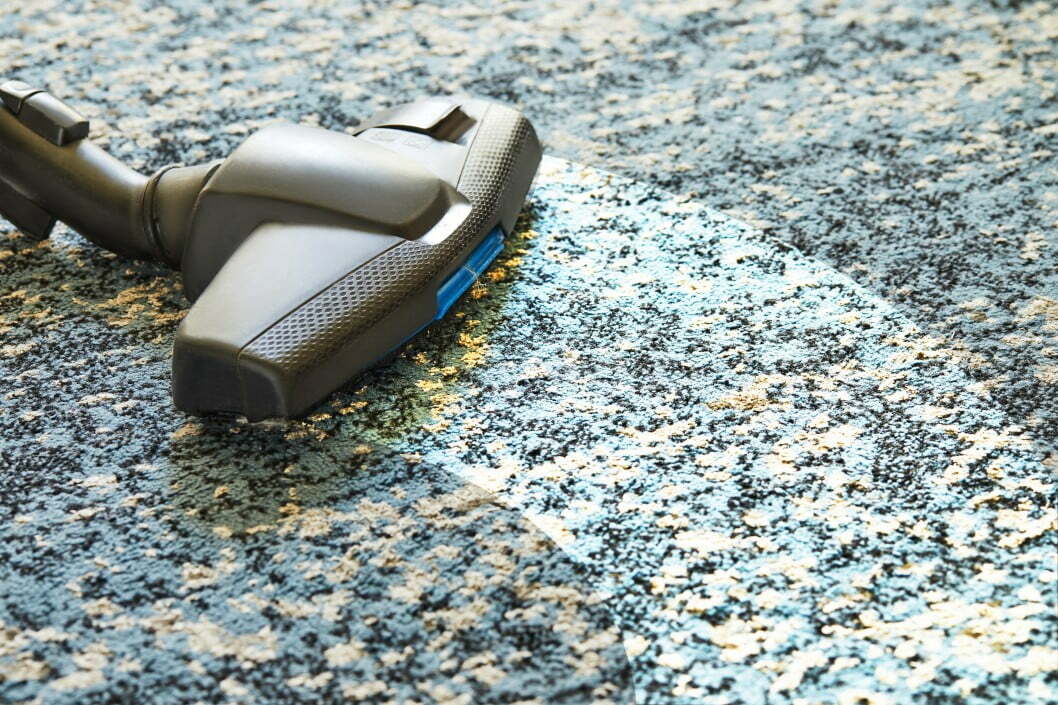













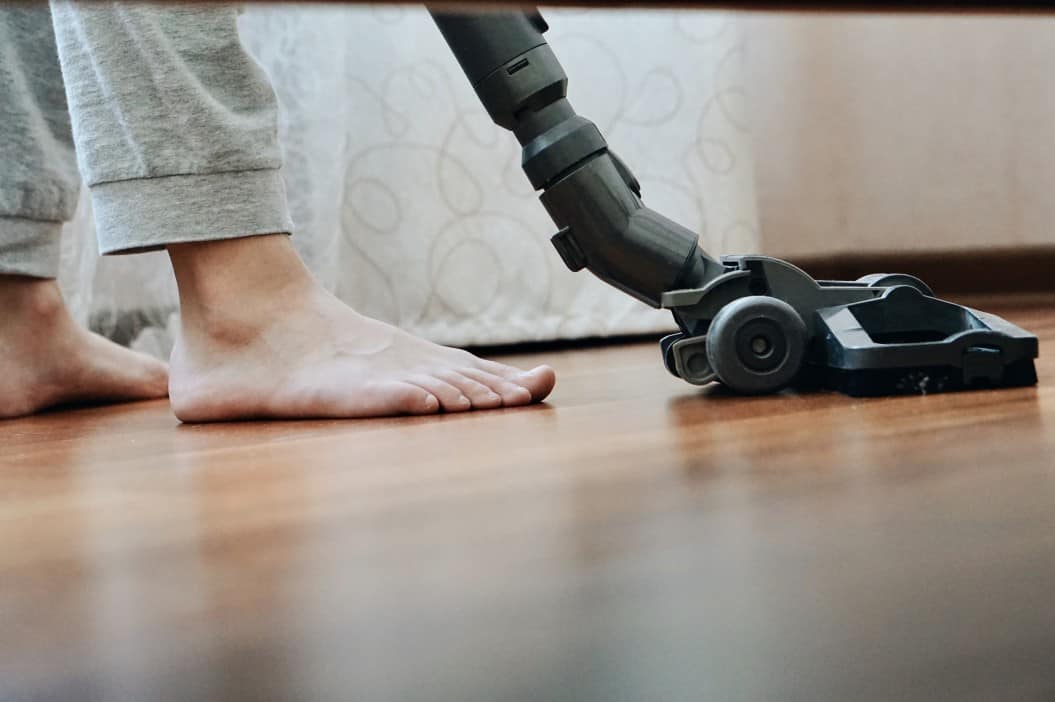
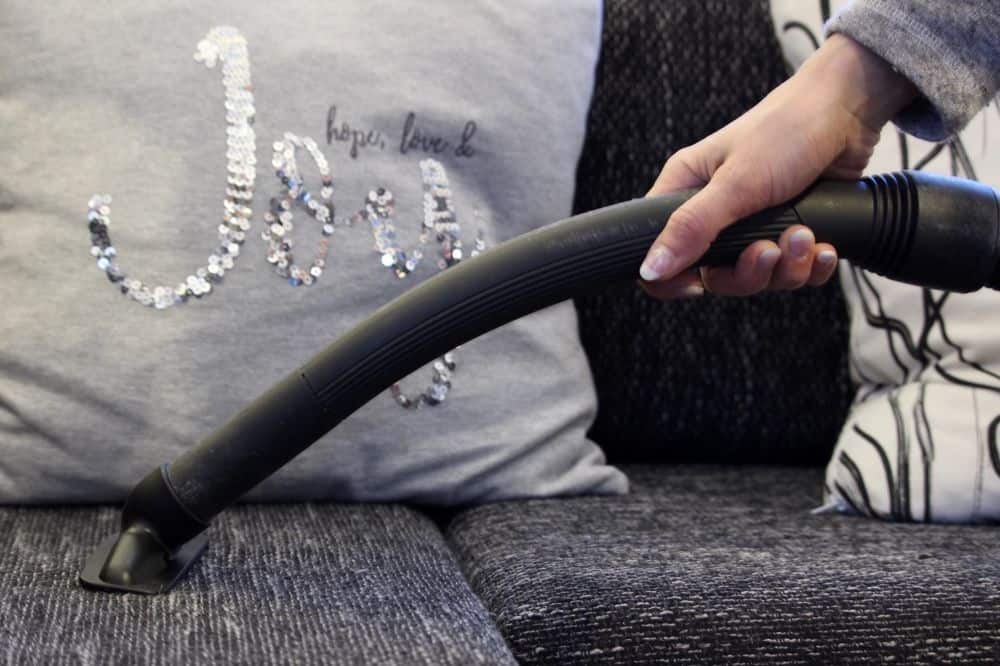
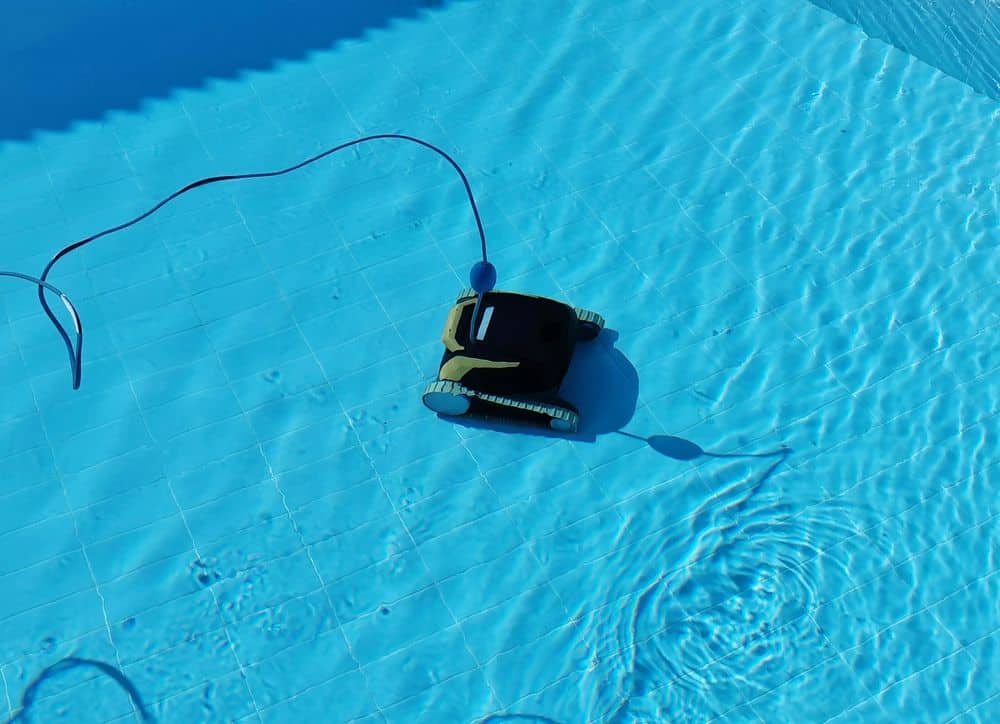
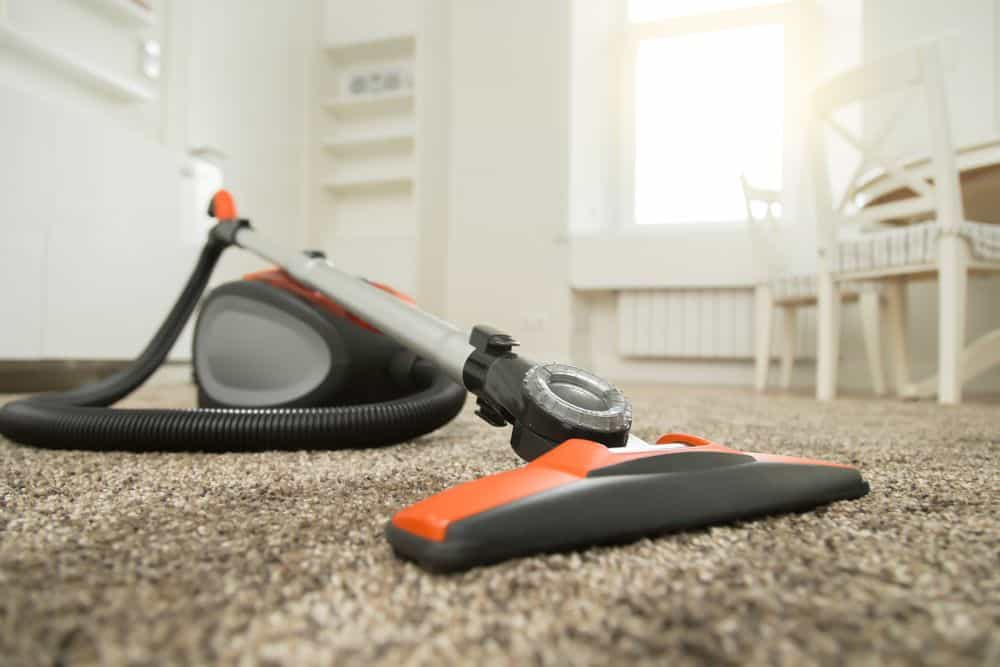
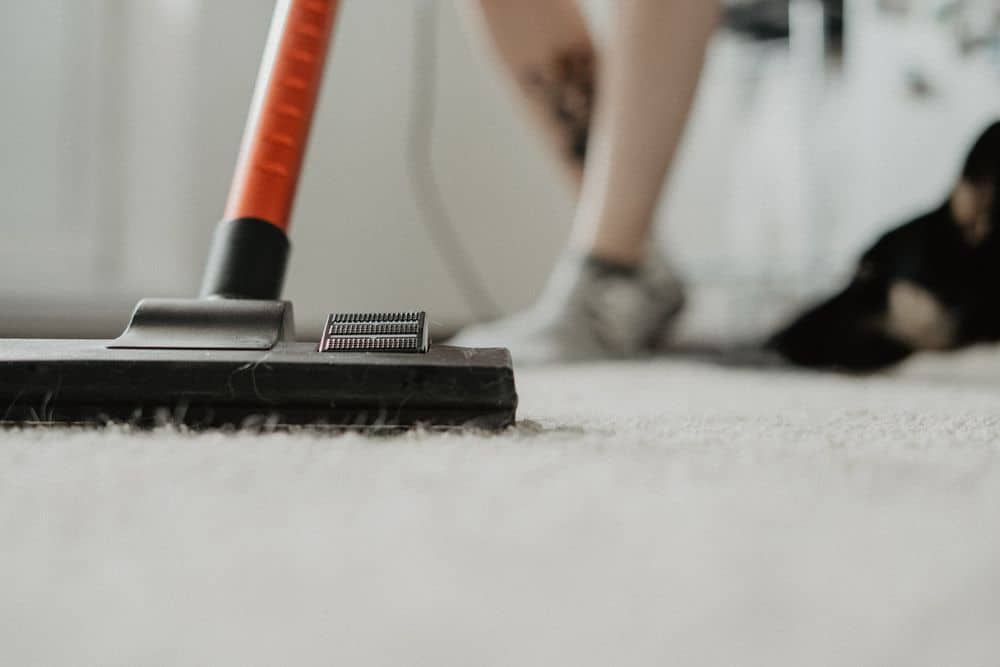
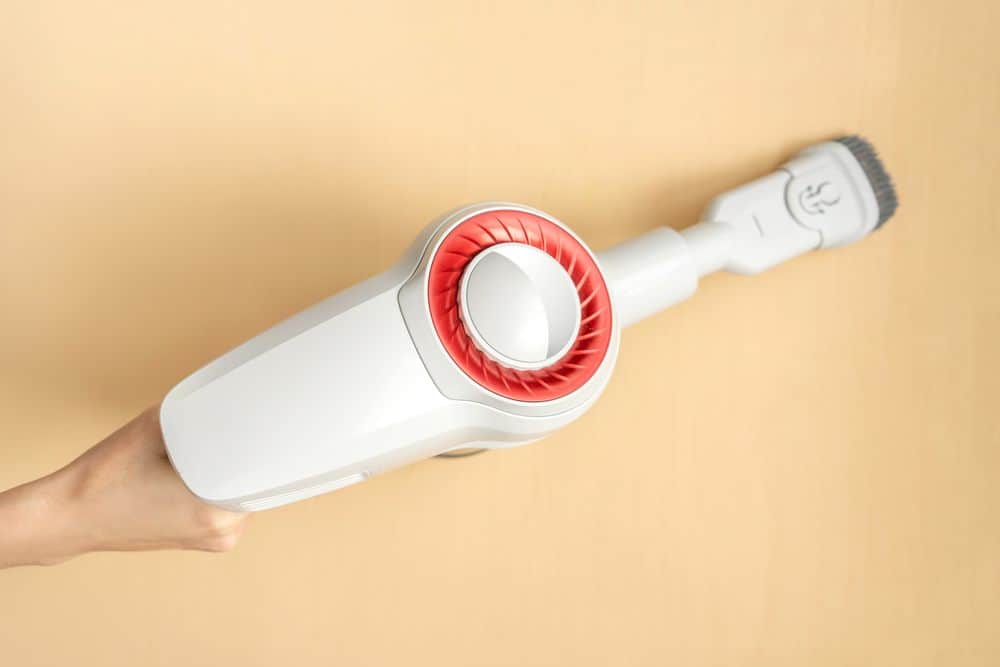
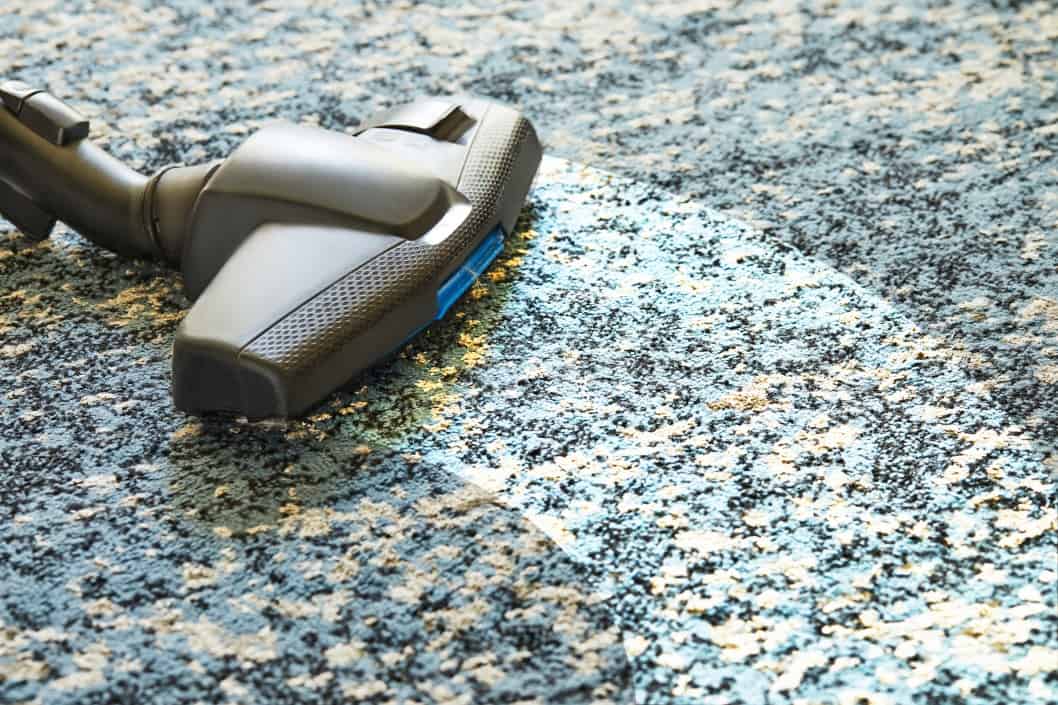
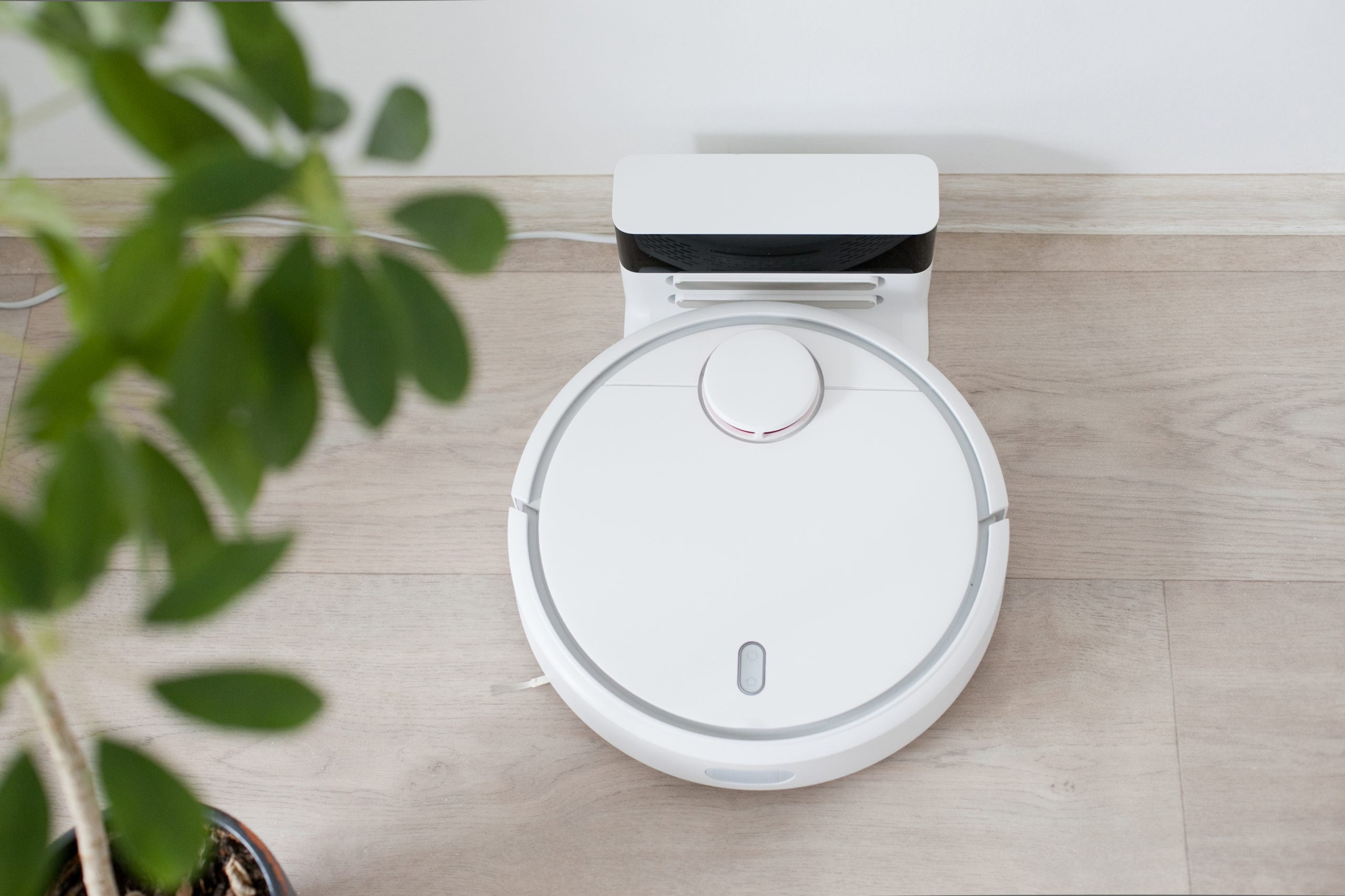
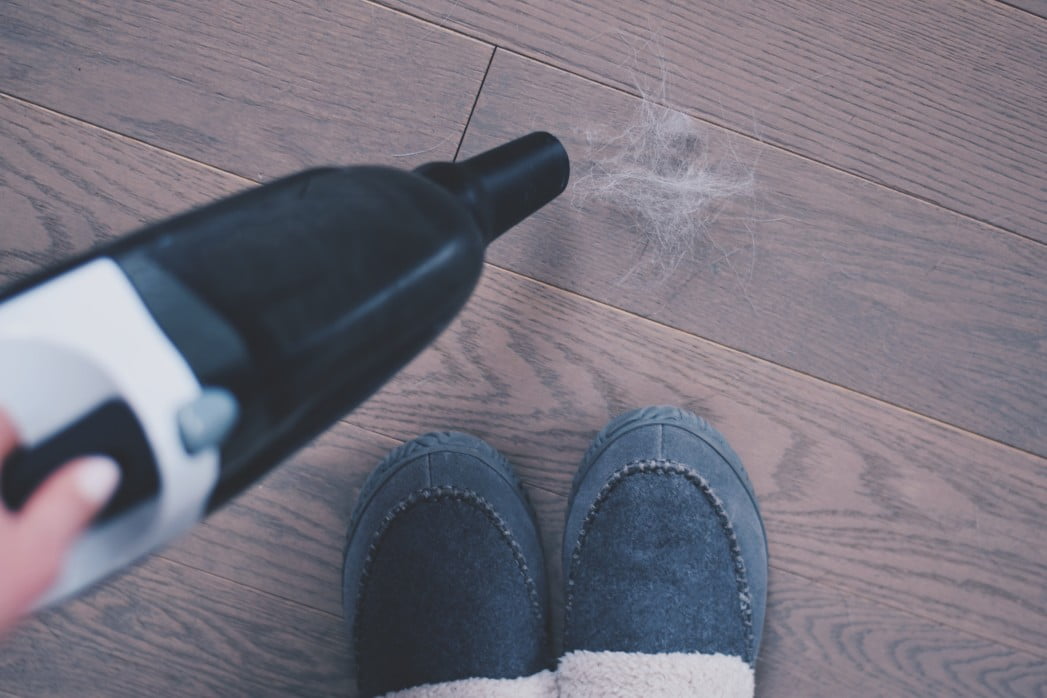
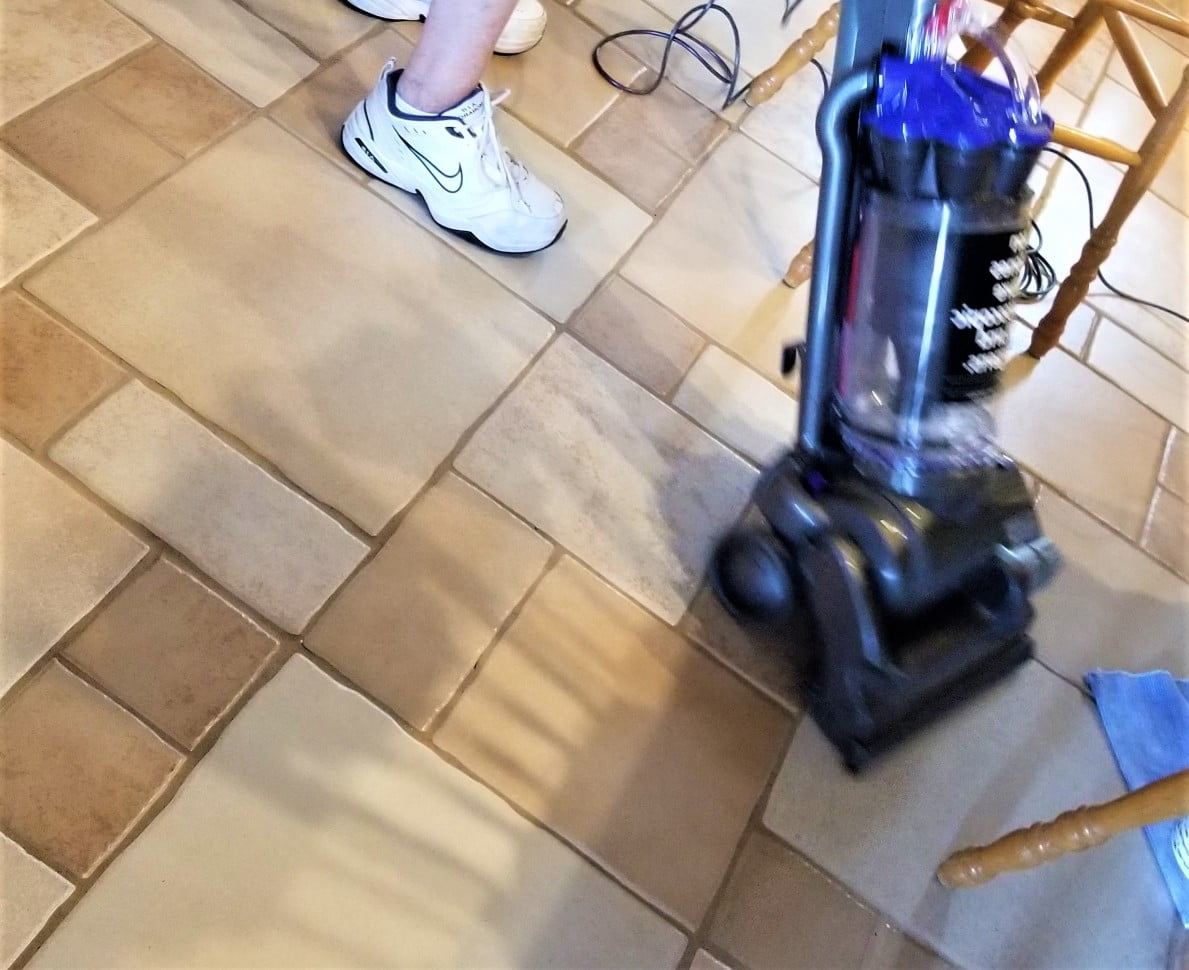
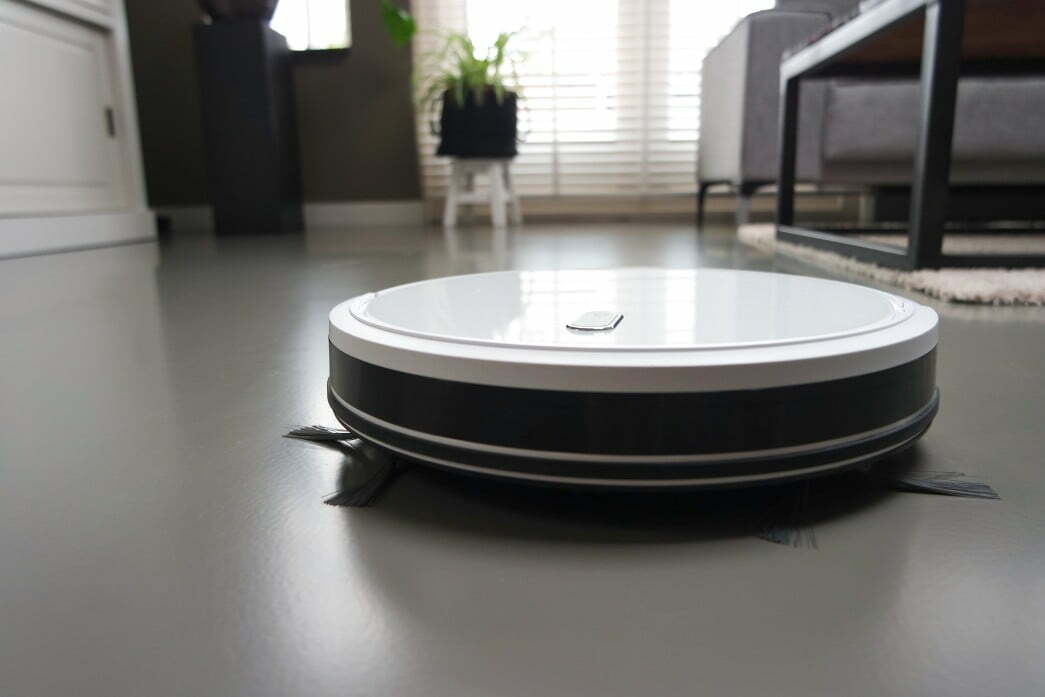
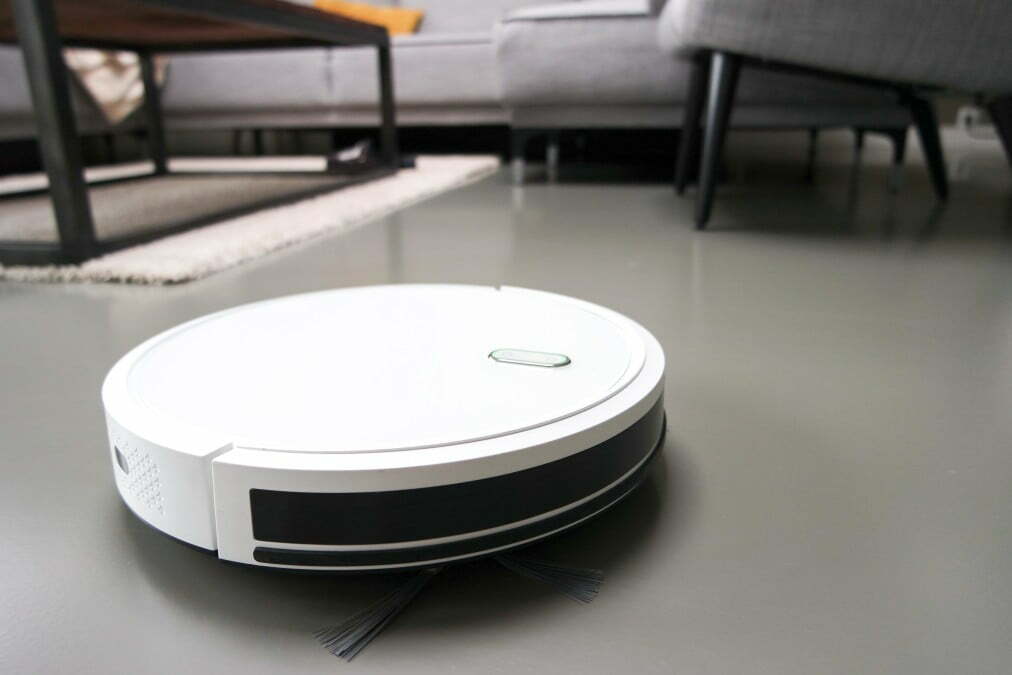
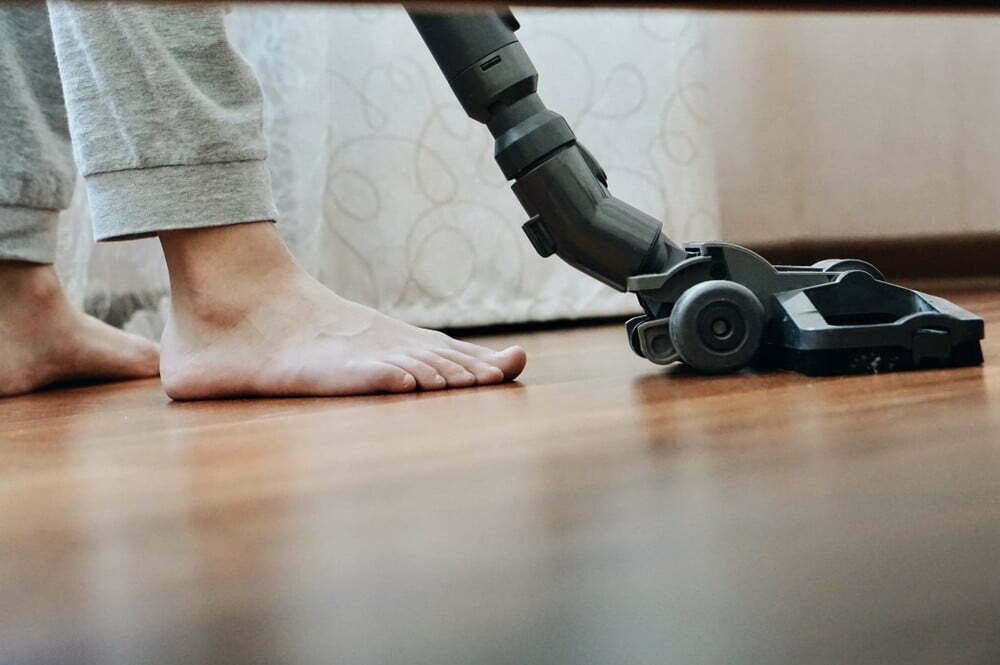
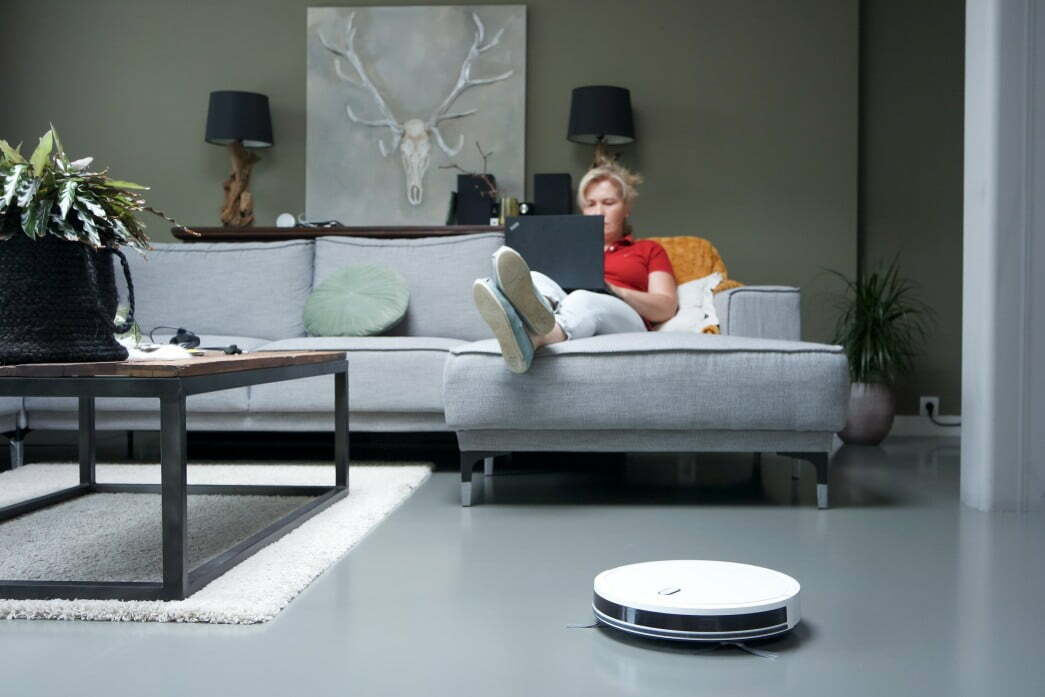
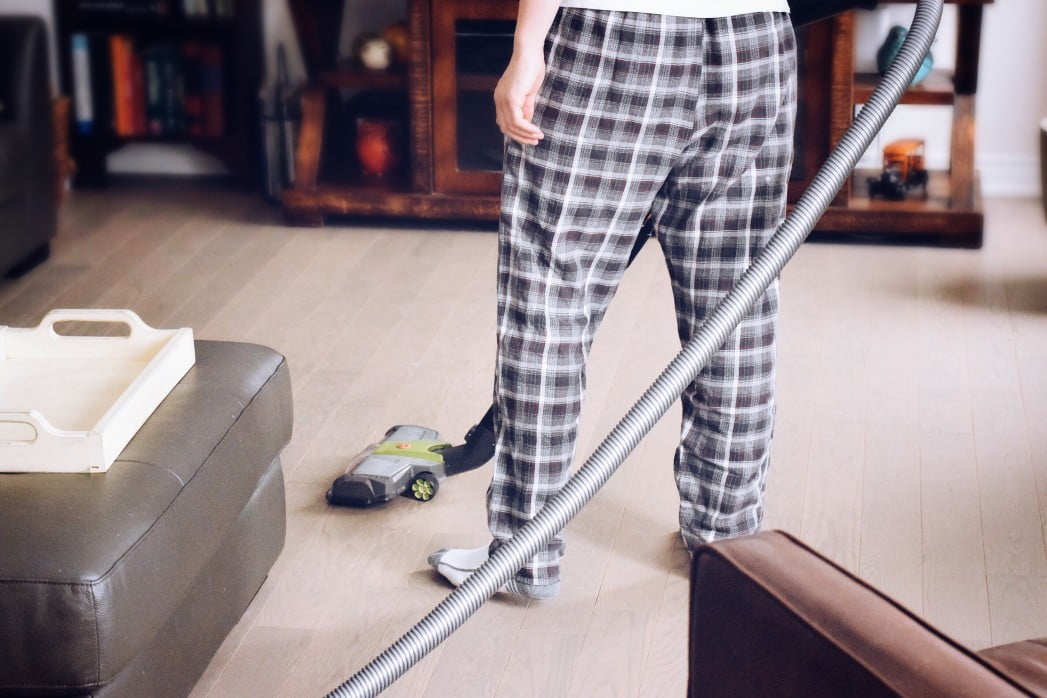
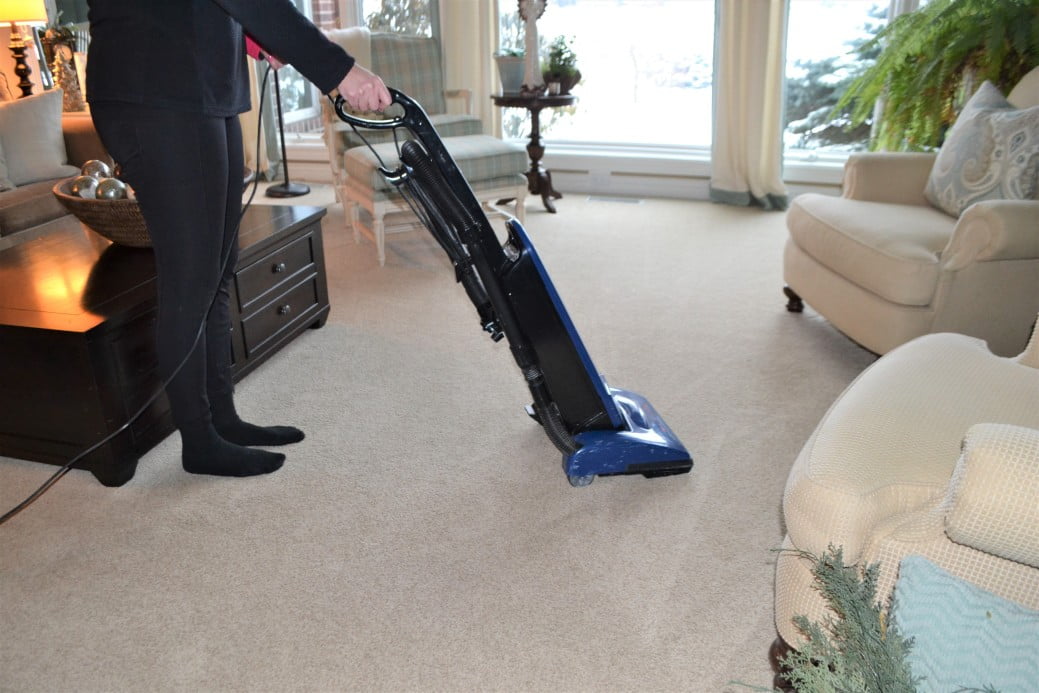
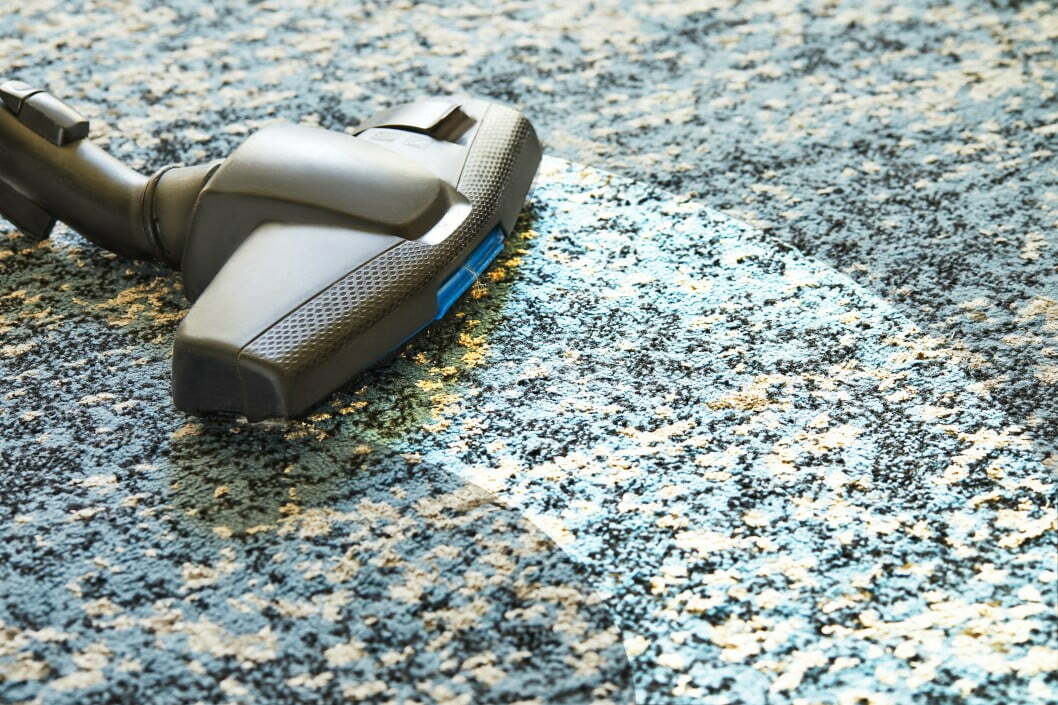
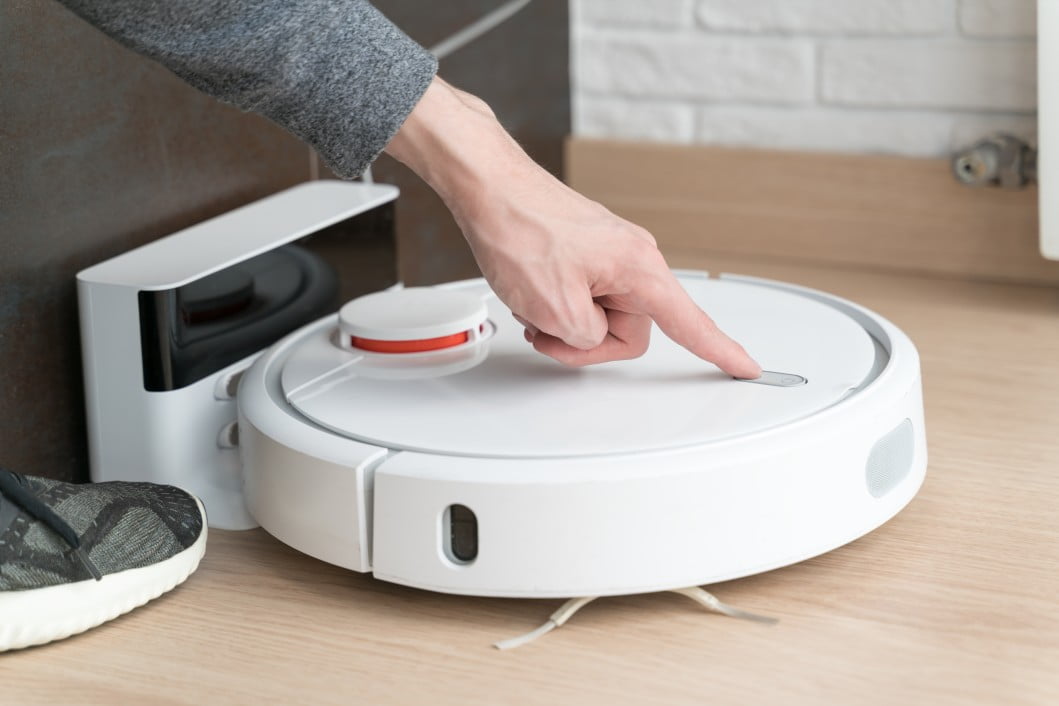
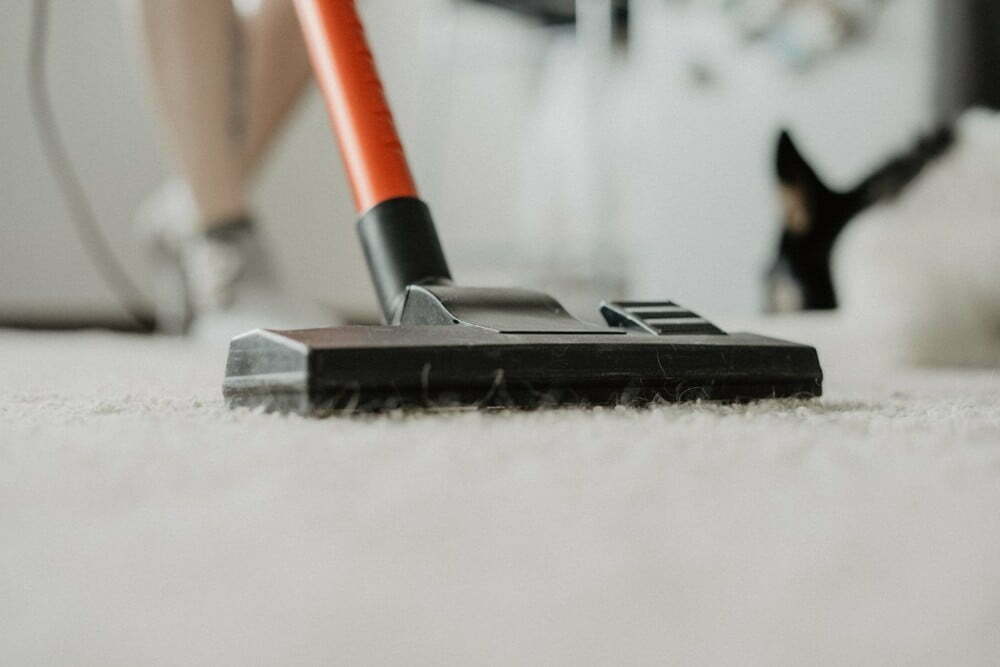
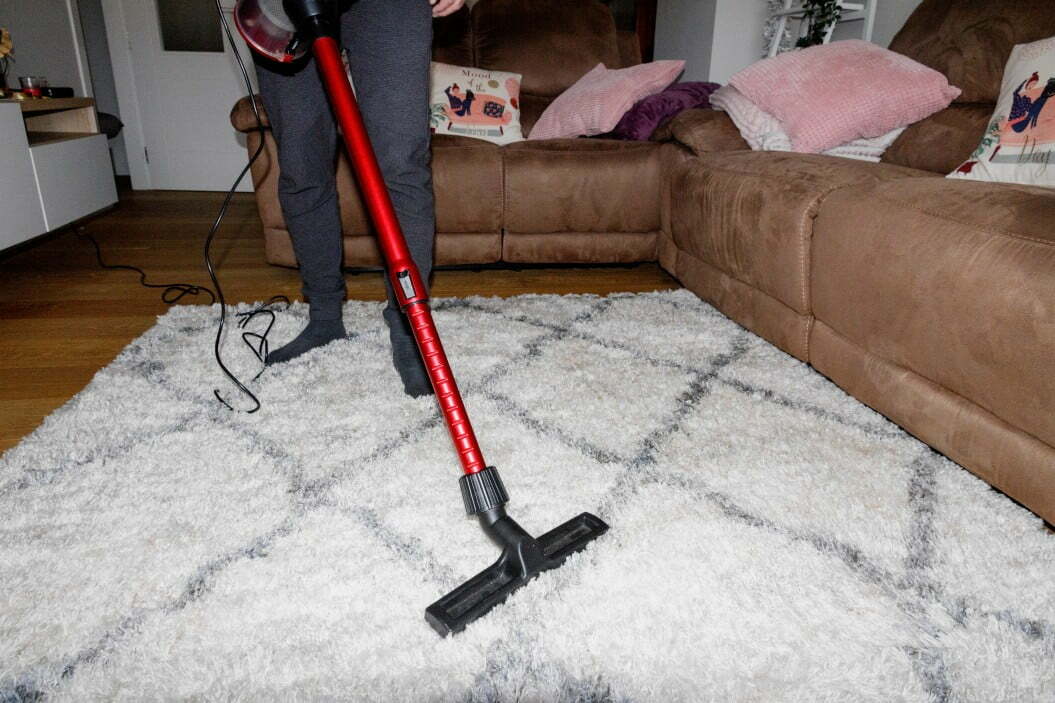
![Best Bissell Vacuum in [year] 27 Best Bissell Vacuum in 2025](https://www.gadgetreview.dev/wp-content/uploads/best-bissel-vacuum-image.jpg)
![Best Miele Vacuums in [year] 28 Best Miele Vacuums in 2025](https://www.gadgetreview.dev/wp-content/uploads/best-miele-vacuum-image.jpg)
![Best iRobot Vacuums in [year] 29 Best iRobot Vacuums in 2025](https://www.gadgetreview.dev/wp-content/uploads/best-irobot-vacuum-image.jpg)
![Best Vacuum with Retractable Cord in [year] 30 Best Vacuum with Retractable Cord in 2025](https://www.gadgetreview.dev/wp-content/uploads/best-vacuum-with-retractable-cord-image.jpg)
![Best Insurance for Home Appliances in [year] 31 Best Insurance for Home Appliances in 2025](https://www.gadgetreview.dev/wp-content/uploads/best-insurance-for-home-appliances.jpg)
![Best Insurance for Homeowners in [year] 32 Best Insurance for Homeowners in 2025](https://www.gadgetreview.dev/wp-content/uploads/best-insurance-for-homeowners.jpg)
![Best Self Propelled Vacuums in [year] 33 Best Self Propelled Vacuums in 2025](https://www.gadgetreview.dev/wp-content/uploads/best-self-propelled-vacuum-image.jpg)
![Best Commercial Leaf Vacuums in [year] 34 Best Commercial Leaf Vacuums in 2025](https://www.gadgetreview.dev/wp-content/uploads/best-commercial-leaf-vacuum-image.jpg)
![Best Vacuums for Cat Litter in [year] 35 Best Vacuums for Cat Litter in 2025](https://www.gadgetreview.dev/wp-content/uploads/best-vacuum-for-cat-litter-image.jpg)
![Best Robot Vacuums for Long Hair in [year] 36 Best Robot Vacuums for Long Hair in 2025](https://www.gadgetreview.dev/wp-content/uploads/best-robot-vacuum-for-long-hair-image.jpg)
![Best Dyson Vacuum in [year] ([month] Reviews) 37 Best Dyson Vacuum in 2025 (December Reviews)](https://www.gadgetreview.dev/wp-content/uploads/Dyson-DC65-e1479509572460.jpg)
![Best Dorm Vacuums in [year] 38 Best Dorm Vacuums in 2025](https://www.gadgetreview.dev/wp-content/uploads/best-dorm-vacuum-image.jpg)
![Best Vacuums for Fleas in [year] 39 Best Vacuums for Fleas in 2025](https://www.gadgetreview.dev/wp-content/uploads/best-vacuum-for-fleas-imagre.jpg)
![Best Robot Vacuum for Thick Carpet in [year] 40 Best Robot Vacuum for Thick Carpet in 2025](https://www.gadgetreview.dev/wp-content/uploads/roomba.jpg)
![Best RV Vacuums in [year] 41 Best RV Vacuums in 2025](https://www.gadgetreview.dev/wp-content/uploads/best-rv-vacuum-image.jpg)
![Best Vacuums for Apartment in [year] 42 Best Vacuums for Apartment in 2025](https://www.gadgetreview.dev/wp-content/uploads/best-vacuum-for-apartment-image.jpg)
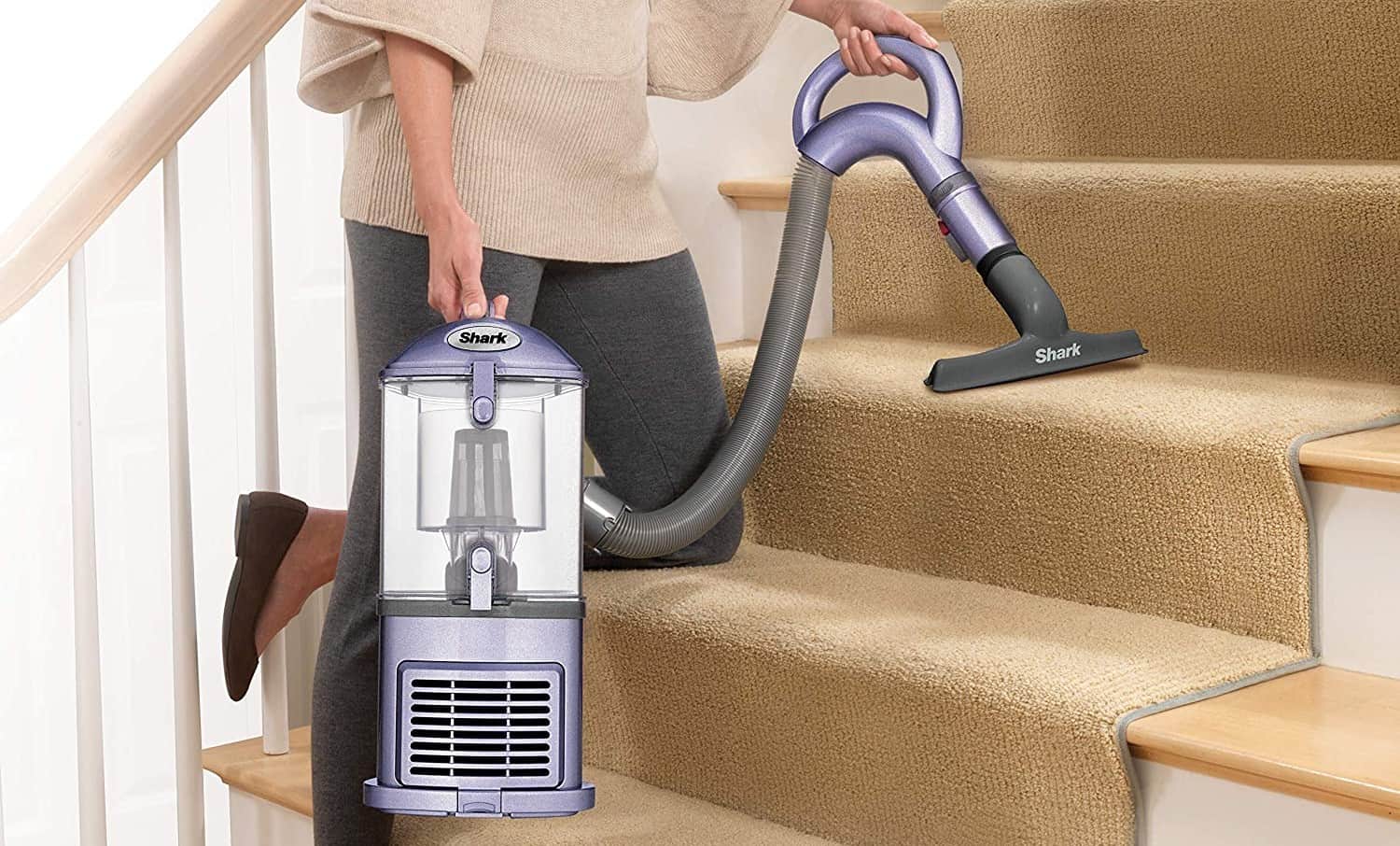
![Best HEPA Vacuums in [year] 44 Best HEPA Vacuums in 2025](https://www.gadgetreview.dev/wp-content/uploads/best-hepa-vacuum-image.jpg)
![Best Water Filtration Vacuums in [year] 45 Best Water Filtration Vacuums in 2025](https://www.gadgetreview.dev/wp-content/uploads/best-water-filtration-vacuum-image.jpg)
![Best Vacuums for Dust Mites in [year] 46 Best Vacuums for Dust Mites in 2025](https://www.gadgetreview.dev/wp-content/uploads/best-vacuum-for-dust-mites-image.jpg)
